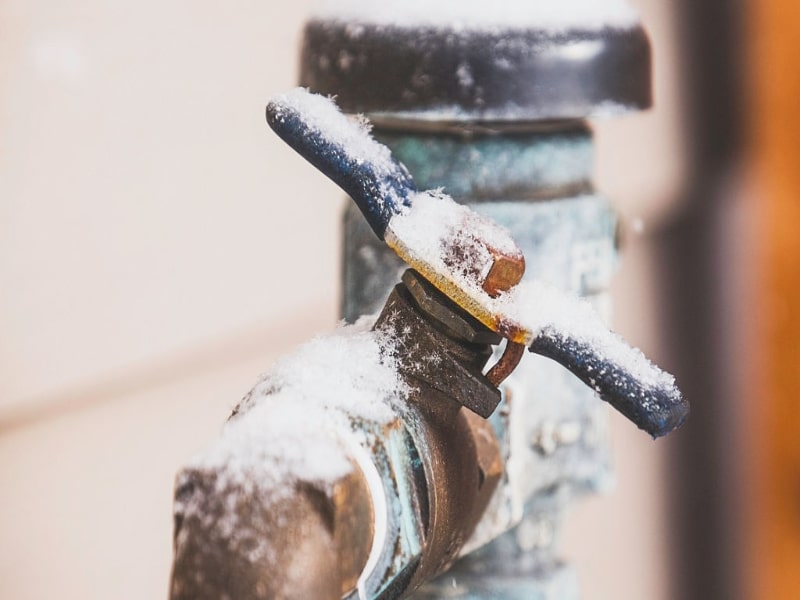Dealing with Freeze Problem In Pipes?
Rain is not the only thing freezing this winter. A freeze problem in pipes can lead to major plumbing issues in cold weather. You might be backed up down below if you are suffering from drips and leaks. You might also experience symptoms of a frozen pipe network. Emergency plumbing services are needed to determine and locate frozen pipes and to deal with them. Drain maintenance, trenchless sewer repair and other options can surely help overcome the icy situation.

But like they say – prevention is better than cure. At Emergency Plumbers, we do one examination at a time and run through the best ways to locate frozen pipework. Want to save costs? You can always make sure that there are indeed freezing pipes in your house before you contact the professionals for a solution. Keep your thermostat set to a consistent temperature, even when you are away, to avoid a freeze problem in pipes.
Identifying Clogged Pipes
Icy pipes eventually split causing great leaks. However, before they split, they experience reduced water pressure. Check out your sink, bathtub, toilet, and dishwasher to see if you notice a lack of running water. During extreme cold, let faucets drip slightly to keep water moving and prevent a freeze problem in pipes. Separate pipes may be experiencing different temperatures, so you will need to check these individually. Cold spots on pipes and unusual odors from drains can also indicate a freeze problem in pipes.
Check For Direct Frost
Checking your pipework can be the answer, sometimes. When water freezes inside the pipes, it expands, potentially causing them to crack or burst. Look over the exterior piping if your home has any. Check the pipeline under your sinks, near your water heater and in your attic. If you notice the exterior of the pipe is covered in frost then it means you are probably dealing with a frozen pipe.
Examine Your Attic And Basement
Check your household’s coldest areas next. Basements and attics are typically more susceptible to colder temperatures. They reveal signs of frozen pipes outside of their walls. You likely have a frozen pipe problem if wet or frosty spots are visible on the walls in your attic or basement. Prevent future freeze problem in pipes by insulating exposed pipes in unheated areas. Areas which are not well insulated are susceptible to pipe freezing. Examine thin walls, crawl spaces and even bathroom corners to locate the problem area.
Check Branching Networks
Every home has crossover pipe networks, so it gets hard to determine the source of the freezing. You have to investigate branched off areas susceptible to weak insulation if only a few household spots are suffering from low water pressure. Thin pipework is highly affected by cold temperatures and can result in low water pressure.
Freezing might only have occurred in a lower section if your house’s upstairs fixtures aren’t working. Use your home’s blueprints to locate branched-off pipes. Test each floor of your house to determine freezes on a room-to-room basis.
You will be able to determine the source of the freezing overtime. If you have encountered frozen pipes, always contact a professional plumber. If you suspect a freeze problem in pipes, turn off the main water supply immediately. To effectively fix a frozen pipe system despite its size, experienced personnel are needed. If frozen pipes are not tended to, they can split. Contact Emergency Plumbers at 96224888 and make your home’s health a priority.







Comments are closed